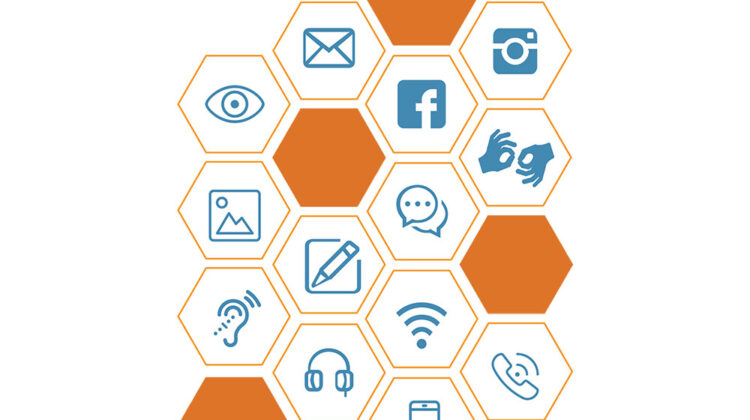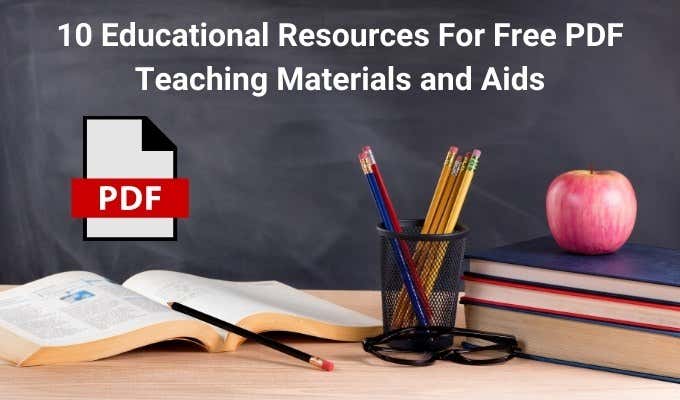Recommended Tips To Selecting Italian Primary Teaching Materials
What Are The Materials That Italian Primary And Nursery Schools Need To Teach?A Italian elementary or nursery school requires various teaching tools to aid in the learning and development of their students. Here are some of the things that might be required: Textbooks or workbooks are needed to teach core subjects like Italian mathematics and language, science and social study.
Supplies for art and craft They can comprise pencils and paper, along with markers, crayons, paint, brushes, and many other items.
Games, puzzles, and blocks are all manipulatives that could be used to assist students improve their ability to think critically and solve problems.
Educational technology: Computers, tablets and other technology can be utilized to enhance learning as well as offering additional resources to students.
Visual aids such as posters, charts, maps and other visual aids are useful in helping students learn and retain important concepts.
Book: A variety age-appropriate Italian books on language can be utilized to help promote the development of reading and language.
Musical instruments Instruments that play music, such as tambourines, xylophones and maracas are used to teach rhythm and appreciation.
Safety materials: First-aid kits, fire extinguishers and posters on emergency procedures can protect the health and safety of students.
Equipment for sports: You could use balls, cones, or any other equipment for playing outdoors and for physical education.
Italian primary schools and nurseries will require various materials to engage and stimulate their pupils. View the recommended scuola infanzia for more tips.

What Maths Books For Teaching Are Suitable For Italian Elementary Schools?
Maths didactics cards may be used to introduce fundamental math concepts to children. Below are a few types of Maths educational cards that might be recommended number cards: Number cards assist children to learn numbers 1-10 or greater. They may also include images of animals or objects which represent numbers. This makes the learning process more interesting.
Shape cards aid children in learn the names of different shapes like squares, rectangles triangulars, circles and triangles. They can feature illustrations of real objects that illustrate every shape.
Color cards: Children can learn to identify colors by using color cards. The cards can be illustrated using objects that are mostly of one color. This will make the process of learning more enjoyable.
Counting cards: Counting cards can help children learn to count from 1 to 10 or greater. They may include illustrations of animals or objects which represent the numbers to make learning more fun.
Time Cards: Time cards teach your children to tell the time and the names of days of the week and months. It is possible to use illustrations of clocks and calendars to make learning more enjoyable.
It is important to choose Maths didactic cards that are appropriate for children of a certain age, engaging, and interactive for children who are just beginning to learn. They can be used by parents and teachers to make interactive Maths games that will stimulate children's curiosity. View the recommended schede didattiche matematica sostegno for more examples.

What Materials For Teaching History Are Needed By Italian Nurseries?
Italian nurseries might need to use history teaching materials to help students understand the past, develop an understanding of identity and feel a sense of connection to the past. Some examples of materials for teaching history that could be needed are age-appropriate books: The books that are focused on historical events, people and societies can assist children develop an interest and sense of connection with the past.
Artifacts and pictures Artifacts and photographs from various time periods and culture can help children see and appreciate historical events as well as the ways of life.
Maps and time lines: Timelines and maps can aid children in understanding the sequence of events that occurred in history and their connections.
Storytelling. A story can be a powerful tool for teaching youngsters about historical figures and historical events in a manner they can remember.
Dramatic play: Dramatic play can allow children to recreate the past and build a greater understanding of these.
Field trips: Children are able to explore the history of their community through hands-on experiences and experiences at local museums or historical sites.
The material for the history curriculum should be age-appropriate, and sensitive to the cultural variations. They can be utilized by teachers and parents to create interactive and engaging history activities which will promote the interest of children and their love of learning. Have a look at the most popular schede didattiche storia sostegno for website examples.

What Is The Required Material For Geography In Italian Nursery Schools?
Italian nurseries may use geography teaching tools to teach children about different cultures and environments. Here are some examples of geography materials. Maps: They are able to aid children in understanding the geography of diverse nations and regions and their geographical location.
Globes are an excellent method to let kids see the Earth's surface, and teach them about continents as well as oceans.
Pictures and videos Images and videos of diverse locations across the globe can help children appreciate the cultural differences and develop a sense of appreciation for them.
Books: Books featuring different cultures and places can encourage children to get interested in the world of geography and an awareness of wonder about the world.
Natural materials, such as shells, plants and rocks can be used to educate children about different ecosystems and environments.
Field excursions. Field trips are an excellent method to provide your children with real-life experiences, as well as a chance to introduce them to geography.
Select geography-related teaching resources that are appropriate for the young age group and that are sensitive to cultural differences. They can be utilized by caregivers and teachers to design interactive and fun geography lessons. This will encourage children's curiosity about the world as well as their love of learning.
